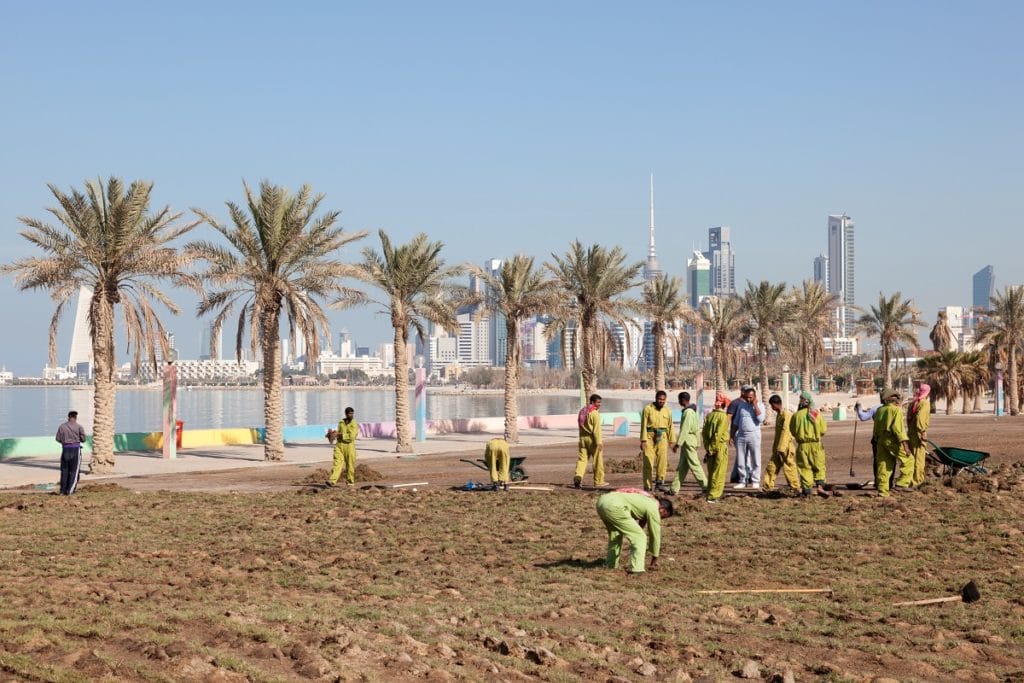By the end of this year, India will retain its position as the world’s top recipient of remittances with its diaspora sending back home $80 billion, the World Bank said.
The report, which came out Dec. 8, said China follows India with $67 billion. Mexico and the Philippines, each having $34 billion each and Egypt with $26 billion.
With this, India has retained its top spot on remittances, according to the latest edition of the World Bank’s Migration and Development Brief, PTI said in its report.
The global lender said that officially-recorded remittances to developing countries will increase by 10.8 percent to reach $528 billion in 2018 and this record level follows a robust growth of 7.8 percent in 2017.
Global remittances, which include flows to high-income countries, are projected to grow by 10.3 percent to $689 billion, PTI reported quoting the World Bank report.
Over the last three years, India has registered a significant flow of remittances from $62.7 billion in 2016 to $65.3 billion in 2017. In 2017, remittances constituted 2.7 percent of India’s GDP, PTI said quoting bank figures.
According to the report, remittances to South Asia will increase by 13.5 percent to $132 billion in 2018, a stronger growth than the 5.7 percent growth seen in 2017, PTI wrote.
The upsurge is driven by stronger economic conditions in advanced economies, particularly the U.S., and the increase in oil prices have a positive impact on outflows from some GCC countries such as the UAE which reported a 13 percent growth in outflows for the first half of 2018.
“Even with technological advances, remittances fees remain too high, double the SDG target of 3 percent. Opening up markets to competition and promoting the use of low-cost technologies will ease the burden on poorer customers,” said Mahmoud Mohieldin, Senior Vice President for the 2030 Development Agenda, United Nations Relations, and Partnerships at the Bank.
The average cost of remitting in South Asia was the lowest at 5.4 percent, while Sub-Saharan Africa continued to have the highest at 9 percent.
No solutions are yet in sight for practices that drive up costs, such as de-risking action of banks, which lead to the closure of bank accounts of remittance service providers, PTI wrote.
